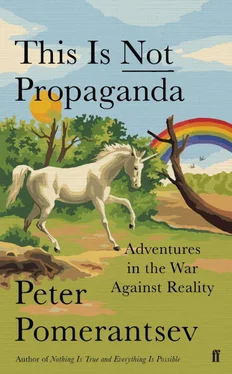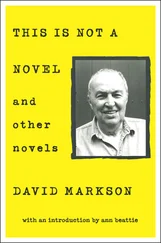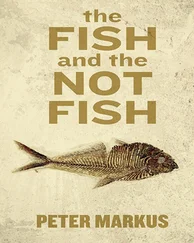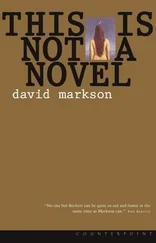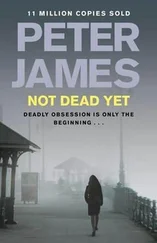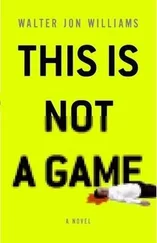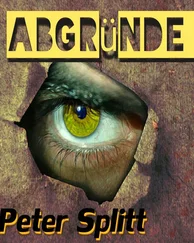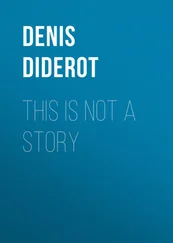‘Liberación de datasets sobre #YaMeCansé y Ayotzinapa’; https://loquesigue.tv/liberacion-de-datasets-sobre-yamecanse-y-ayotzinapa/.
Finley, Klint, ‘Pro-Government Twitter Bots Try to Hush Mexican Activists’, Wired, 23 August 2015; https://www.wired.com/2015/08/pro-government-twitter-bots-try-hush-mexican-activists/.
Olver, Dulce, ‘El 81.3% de los ataques de bots en Edomex fueron contra Delfina, confirma otro análisis técnico’, 1 June 2017; https://www.sinembargo.mx/01-06-2017/3230408.
Gallagher, Eric, ‘Manipulating Trends & Gaming Twitter’, Medium, 18 December 2016; https://medium.com/@erin_gallagher/manipulating-trends-gaming-twitter-6fd31714c06c.
Woolley, Samuel C. and Douglas R. Guilbeault, ‘Computational Propaganda in the United States of America: Manufacturing Consensus Online’, Samuel Woolley and Philip N. Howard (Eds), Working Paper 2017.5 (Oxford, UK: Computational Propaganda Research Project); http://blogs.oii.ox.ac.uk/politicalbots/wp-content/uploads/sites/89/2017/06/Comprop-USA.pdf.
Griffin, Em, A First Look at Communication Theory, 7th edn (New York: McGraw-Hill, 2008); http://www.afirstlook.com/docs/spiral.pdf.
Noelle-Neumann, Elisabeth, The Spiral of Silence: Public Opinion – Our Social Skin, 2nd edn (Chicago, IL: University of Chicago Press, 1993).
Ibid., p. 218.
Kosachev, Konstantin, ‘Neftegazovaia Diplomatia kak Ugroza Marginalizatsii’, Nezavisimaya Gazeta, 28 December 2004; http://www.ng.ru/world/2004-12-28/5_uspeh.html(last accessed on 7 July 2009).
McGuinness, Damien, ‘How a Cyber Attack Transformed Estonia’, BBC News, 27 April 2017; https://www.bbc.com/news/39655415.
For background, see The Humanitarian Dimension of Russian Foreign Policy Toward Georgia, Moldova, Ukraine, and the Baltic States, Centre for East European Policy Studies, International Centre for Defence Studies, Centre for Geopolitical Studies, School for Policy Analysis at the National University of Kyiv-Mohyla Academy, Foreign Policy Association of Moldova, International Centre for Geopolitical Studies (2010, Gatis Pelnens, Ed.).
The Security Police of the Republic of Estonia, Annual Review 2003, p. 12.
Estonia was accused of rehabilitating fascist and Nazi ideology, revering Nazi symbols, glorifying SS veterans, brutally discriminating against the Russian-speaking population, denying the Holocaust, and Hitlerism. After the riots of 26–28 April 2007, direct threats against Estonia and insults targeting Estonians became widespread in the Russian press. Distorted versions of the names of the state and nation – e.g. ‘eSStonia’ and ‘eSStonians’ – appeared in the press, on the Internet and at demonstrations organised by pro-Kremlin forces. Some examples of typical accusations:
Interfax, 26 April – Moscow mayor Yuri Luzhkov: ‘Estonian leaders have started to condone Fascism and to collaborate with Fascists. They have no right to rewrite history! They identify with the people against whom the entire Europe fought.’
Interfax, 26 April – Speaker of the State Duma, Boris Gryzlov: ‘What is happening in Estonia is pure madness. What the Nazis did not manage to do to the living, the Estonian government is now trying to do to the dead.’
Ria Novosti, Oslo, 26 April – Sergey Lavrov: ‘The situation surrounding the Bronze Soldier is despicable. It cannot be justified. It will have serious consequences for Russia–NATO and Russia–EU relations because these organisations have welcomed a new member state that has trampled on all the values that form the foundation of the EU, European culture, and democracy.’
Interfax, 26 April – Chairman of the State Duma Committee on Foreign Affairs Konstantin Kosachev: ‘In essence, Estonian authorities have taken a stand against the international public – against everyone who still remembers the price that was paid for victory. The actions of the Estonian leadership stimulate neo-Nazi and revanchist attitudes. As a result, Estonia is in opposition to modern European civilisation, to the entire civilised world. Estonia is undermining its relations with all the states that hold dear the memory of victory over Nazis.’
27 April – Statement by the Russian Communist Party: ‘At a time when sixty years have passed since the end of the war, Fascism is reborn in Estonia! The removal of the memorial statue is a Fascist orgy. The first public battle with Fascism in the twenty-first century was held in Estonia.’
Strana.ru, 2 May – Russian representative Boris Malakhov’s speech to the UN Committee on Information: ‘Why are memorial statues to Soviet liberators removed? This raises the issue of whether these acts constitute attempts to rehabilitate Nazi crimes. Neo-Nazism is on the rise all over the world, as is demonstrated by the removal of memorial statues dedicated to soldiers/liberators.’
Interfax, 8 May – Chairman of the Federation Council Sergey Mironov: ‘What was done by the Estonian leadership shows that Fascism and Nazism are reborn in Estonia.’
DiResta, Renee et al., ‘The Tactics & Tropes of the Internet Research Agency’.
Associated Press, ‘US Secretly Created “Cuban Twitter” to Stir Unrest and Undermine Government’, Guardian, 3 April 2014; https://www.theguardian.com/world/2014/apr/03/us-cuban-twitter-zunzuneo-stir-unrest.
International Center for Journalists, ‘Maria Ressa Accepts the 2018 Knight International Journalism Award’; https://www.icfj.org/maria-ressa-accepts-2018-knight-international-journalism-award.
Hosenball, Mark, ‘British Authorities Ban Three Foreign Right-Wing Activists’, Reuters, 12 March 2018; https://uk.reuters.com/article/uk-britain-security-deportations/british-authorities-ban-three-foreign-right-wing-activists-idUKKCN1GO2LO.
Ebner, Julia and Jacob Davey, The Fringe Insurgency: Connectivity and Convergence of the Extreme-Right (Institute for Strategic Dialogue, 2018); https://www.isdglobal.org/wp-content/uploads/2017/10/The-Fringe-Insurgency-221017.pdf.
‘Text of Sakharov Letter to Carter on Human Rights’, New York Times, 29 January 1977; https://www.nytimes.com/1977/01/29/archives/text-of-sakharov-letter-to-carter-on-human-rights.html.
‘What Price a Soviet Jew?’ New York Times, 22 February 1981; https://www.nytimes.com/1981/02/22/opinion/what-price-a-soviet-jew.html.
Saunders, Frances Stonor, The Cultural Cold War: The CIA and the World of Arts and Letters (New York: New Press, 2000).
Seaton, Jean, Pinkoes and Traitors: The BBC and the Nation, 1974–1987 (London, UK: Profile Books, 2015).
‘Ricin and the Umbrella Murder’, CNN.com, 23 October 2003; http://edition.cnn.com/2003/WORLD/europe/01/07/terror.poison.bulgarian/.
Panarin, Igor, The First Information World War. Collapse of the USSR (Piter, 2010). See also: Yablokov, Ilya, Fortress Russia: Conspiracy Theories in the Post-Soviet World, Chapter 3 (Cambridge, UK; Medford, MA: Polity, 2018); Lischkin, Shelepin, ‘The Third Information-Psychological World War’, Moskva (1999); Rastorguev, Sergey, ‘Information War’, Radio and Communications (1999).
Читать дальше
